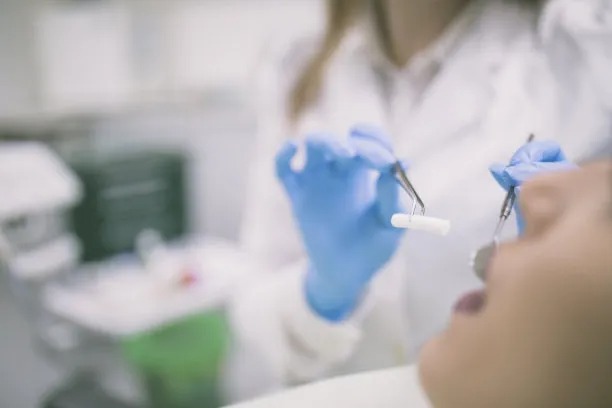Understanding the Process and Importance of Extracting a Tooth for Dental Health and Overall Wellness
Summary: Extracting a tooth is often viewed as a last resort in dental care, yet understanding this process and its significance in maintaining dental health and overall wellness is vital. This article delves into four essential aspects: understanding the necessity of tooth extraction, the procedure and recovery, the implications for dental health, and the psychological impact on patients. By clarifying these components, individuals can appreciate why and when tooth extraction is appropriate, thereby promoting better decisions regarding their dental health. The interplay between oral hygiene and overall wellness is underscored, revealing how timely extractions can prevent further complications, support restorative treatments, and foster a healthier lifestyle.
1. Understanding the Necessity of Tooth Extraction

Tooth extraction is often necessary when a tooth is severely decayed, damaged, or infected. In these cases, preserving the tooth might be impossible, as the extensive damage may compromise the surrounding teeth and oral health. Dentists typically use a range of diagnostic tools, such as X-rays, to assess the condition of the tooth and decide if extraction is the best course of action.
Another common reason for extraction is overcrowding. Sometimes, a patients mouth may not have enough space for all their teeth, particularly with wisdom teeth. In such cases, extraction not only prevents pain but also allows for other dental procedures, like braces, to be more effective.
Moreover, certain medical conditions can necessitate tooth extraction. Patients undergoing chemotherapy or those with certain immune disorders might require extractions to mitigate the risks of infection and to facilitate better overall health management. Recognizing these indicators is crucial in understanding when extraction becomes essential.
2. The Tooth Extraction Procedure and Recovery
The tooth extraction procedure typically begins with a thorough examination by the dentist, who will explain the process to the patient. The procedure usually involves anesthetic administration to ensure that the patient is comfortable and pain-free. Depending on the tooths condition, extraction may be straightforward or require surgical intervention.
During a simple extraction, the dentist uses tools to loosen the tooth before removing it. If surgical extraction is needed, it may involve cutting through the gums and possibly even the bone. Recovery from an extraction generally involves managing pain and swelling. Patients are guided on post-operative care, which includes rest and avoiding certain foods and activities.
The healing process usually takes a few days, but complete healing may take several weeks. Adhering to aftercare instructions significantly influences the speed and effectiveness of recovery, helping to prevent complications such as infection or dry socket.
3. Implications for Dental Health
The decision to extract a tooth often has significant implications for dental health. Removing a problematic tooth can alleviate pain and prevent further decay or infection of adjacent teeth. Additionally, extraction can serve as a critical step in preparing a patient for more extensive restorative dental procedures.
Failure to address damaged teeth can lead to more severe issues, including gum disease, which can affect overall health. As bacteria from untreated dental issues can enter the bloodstream, maintaining dental health through measures such as extraction can shield patients from systemic health problems.
Furthermore, tooth extraction is sometimes essential in maintaining a balanced bite and preventing misalignment. By addressing dental issues proactively, patients can avoid larger problems in the future, ensuring a healthier, more stable dental environment.
4. The Psychological Impact of Tooth Extraction
The psychological aspects of tooth extraction are often overlooked but are equally important. Many patients experience anxiety or fear about the procedure, which can stem from a fear of pain or a negative past dental experience. Understanding the extraction process can help alleviate some of this anxiety.
Post-extraction, patients may also experience feelings of loss, especially if the tooth played a significant role in their smile. Dentists often address these concerns by discussing options for tooth replacement, like implants or bridges, which can restore both aesthetics and functionality.
Additionally, maintaining open communication with a dental professional can help mitigate anxiety and empower patients to make informed decisions about their dental health. This supportive approach can significantly enhance the overall experience surrounding tooth extraction.
Summary:
In conclusion, the extraction of a tooth, while often seen as a daunting task, plays a critical role in maintaining both dental health and overall wellness. Whether due to decay, overcrowding, medical conditions, or preventative measures, understanding the necessity, process, and implications of extraction is imperative. Furthermore, acknowledging the psychological impact can help patients navigate their experience more comfortably. By fostering awareness and clarity, we can encourage individuals to make informed decisions about their dental care.
This article is compiled by Vickong Dental and the content is for reference only



